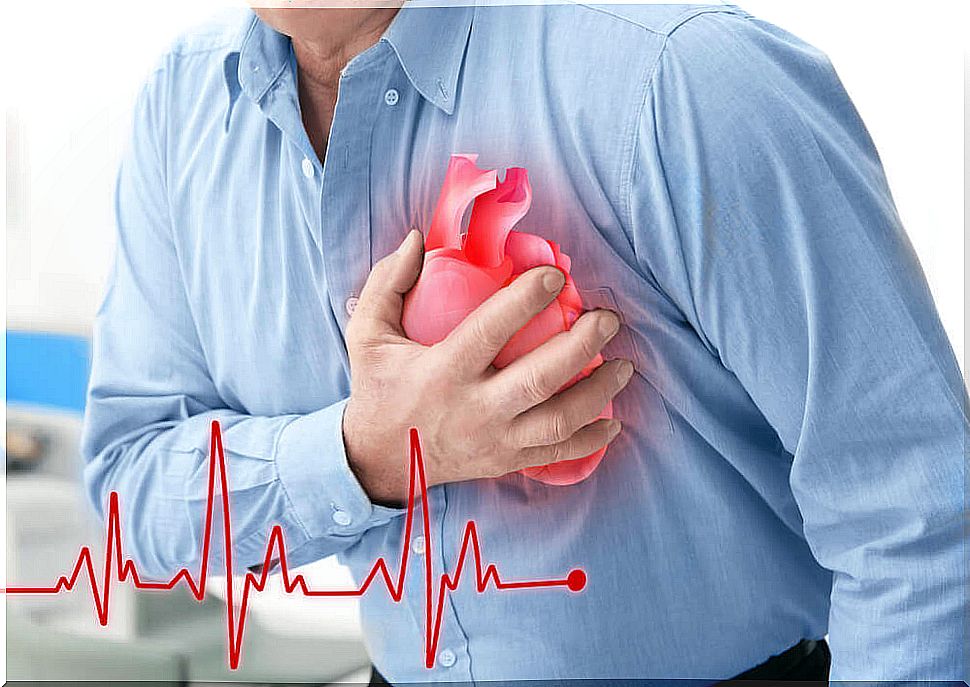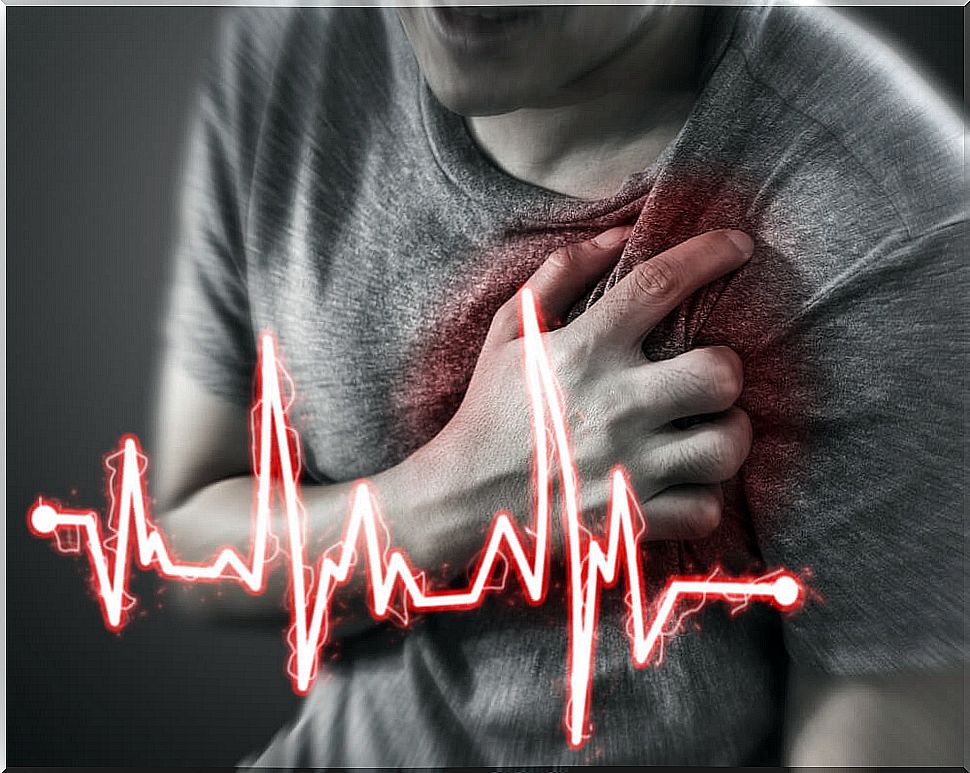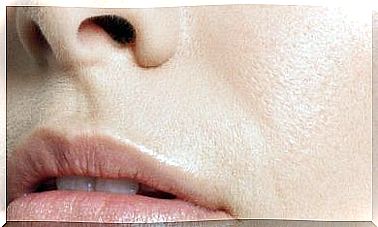5 Keys To Recognizing A Heart Attack (infarction)
Faced with the high number of heart attacks, it is imperative to be attentive and well informed.

Knowing how to recognize a heart attack is fundamental, not only for our health but also for that of others. Knowing certain symptoms helps prevent an unfavorable situation from becoming complicated. We must act quickly.
The origin of heart attacks is easy to explain: when a clot blocks blood flow through the arteries, it makes it difficult for blood to reach the heart. This prevents the functioning of the latter and its pumping action for the body.
Unfortunately, the number of heart attack victims is considerable. For example, the heart attack is the leading cause of death per year in Spain. In 2015, 420,000 people died from a heart attack.
How to recognize a heart attack?
Before a heart attack occurs, the body receives signals for a short time. Therefore, if you know how to recognize a heart attack, you can help the person directly or seek the services of a doctor. Knowing how to act within this time frame given by the body can prove to be vital.
The main symptoms for recognizing a heart attack

1. The first clue that signals a heart attack is pain in the back part of the sternum, the retro-sternal area. The pain then passes to the arm, usually the left arm, and extends to the neck for about 40 minutes.
2. Due to restlessness and natural preoccupation with the first symptom, the palpitations increase and the difficulty in breathing worsens.
3. Nausea appears. Please note that nausea should not be directly associated with a heart attack. Normally, nausea starts after the first symptom. The affected person may vomit.
4. Temperature level, the body can go from one extreme to another. It varies depending on the person. Some may get to the point of expelling cold sweat, while others feel their body temperature suddenly rise.
5. Anxiety manifests itself. It is best to seek help quickly, as the person may lack anxiety.
A life without bad habits
Lack of discipline in certain aspects of life costs the body dearly and puts health at risk. Faced with this panorama, we recommend that you avoid the following habits.
1. Smoking

Smoking increases the likelihood of having a heart attack. It is one of the main contributors to deaths from cardiovascular disease.
When a person smokes, their breathing capacity decreases dramatically. Faced with a heart attack, this has serious consequences, which can be fatal.
2. Too much stress
Stress is a common ailment. The rapid rhythms of work and life that rule today’s world leave little time to rest. Take things calmly, don’t get drowned in problems and focus your attention on solving them.
The first recommendation for dealing with stress is to learn to separate work and personal life.
Breathing techniques such as mindfulness and other tools can help focus your attention on the present moment, focus on possible areas to resolve, and not worry so much about the future.
3. Fat

Maintain a healthy diet. Bad eating habits will gradually have a negative impact on the body. Keep in mind that a large part of heart problems are the result of poor nutrition.
Avoid bad cholesterol from rising and putting your life at risk. We are not asking you to eliminate certain foods, but simply to control what you eat, and that only occasionally you allow yourself certain whims.
4. Alcohol
Consuming alcoholic beverages regularly and in large quantities is harmful to health. Moreover, they contribute to overweight, which increases the likelihood of a heart problem. If you drink alcohol, drink in moderation. Don’t give your body reasons to have a bad time.
5. Lack of physical activity

Constant restlessness and lack of rest is bad for health, but the opposite extreme is just as harmful. Having a sedentary lifestyle, which does not promote blood circulation, ends up causing bodily discomfort, the result of inactivity.
To avoid a heart attack and recognize a heart attack, there is no need to resort to extraordinary measures. The key lies in adopting the healthiest possible lifestyle: avoiding excess of any kind, and knowing how to manage your emotions are considerable assets.









